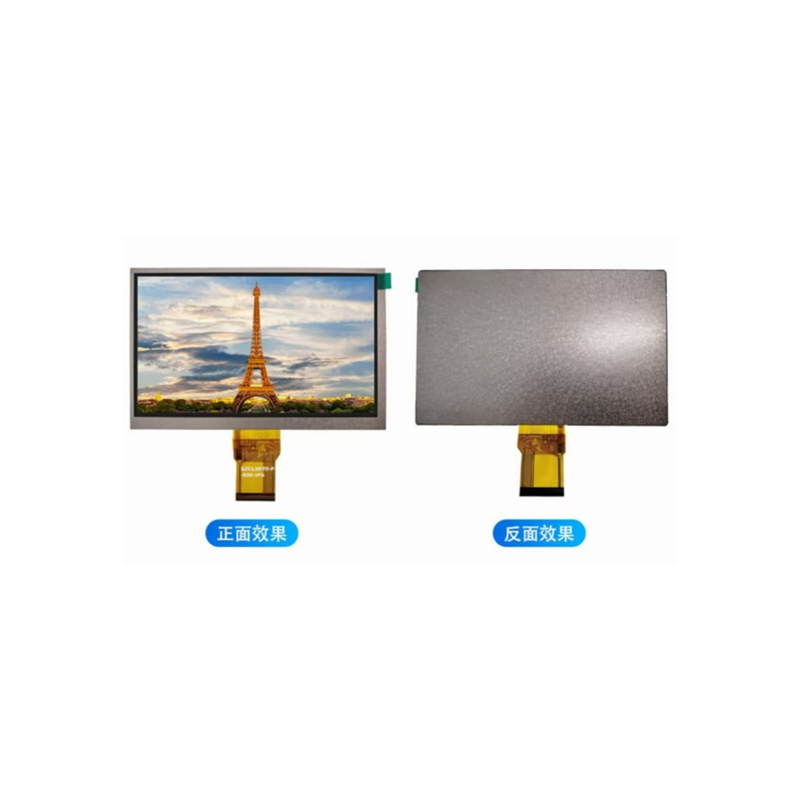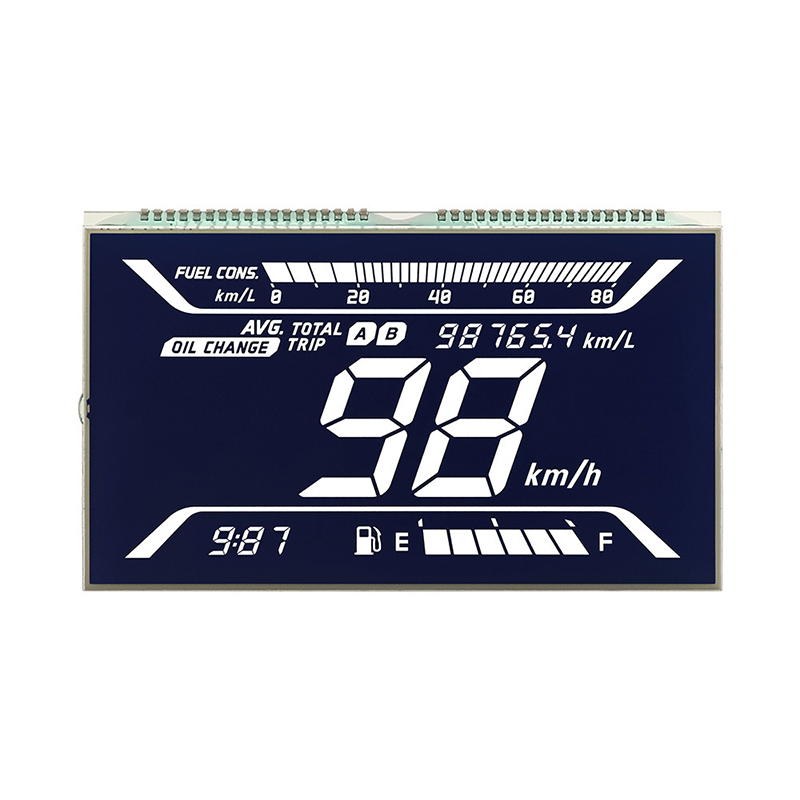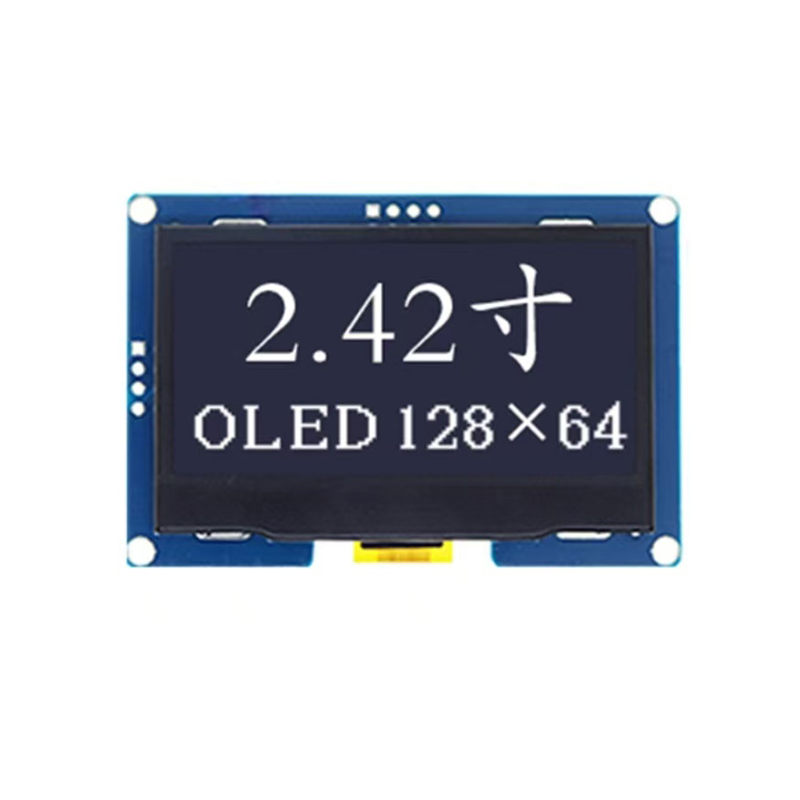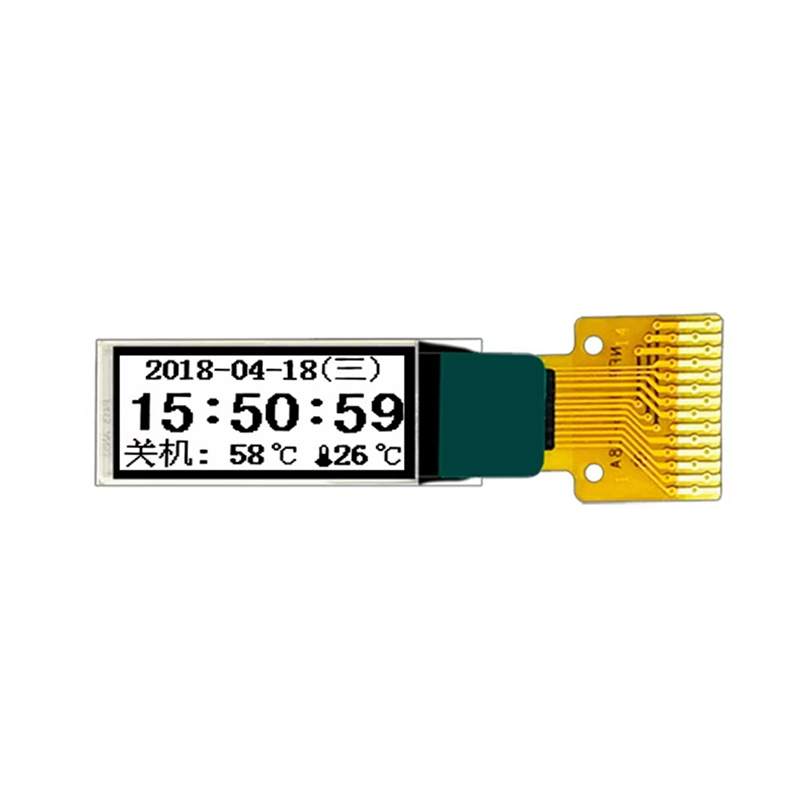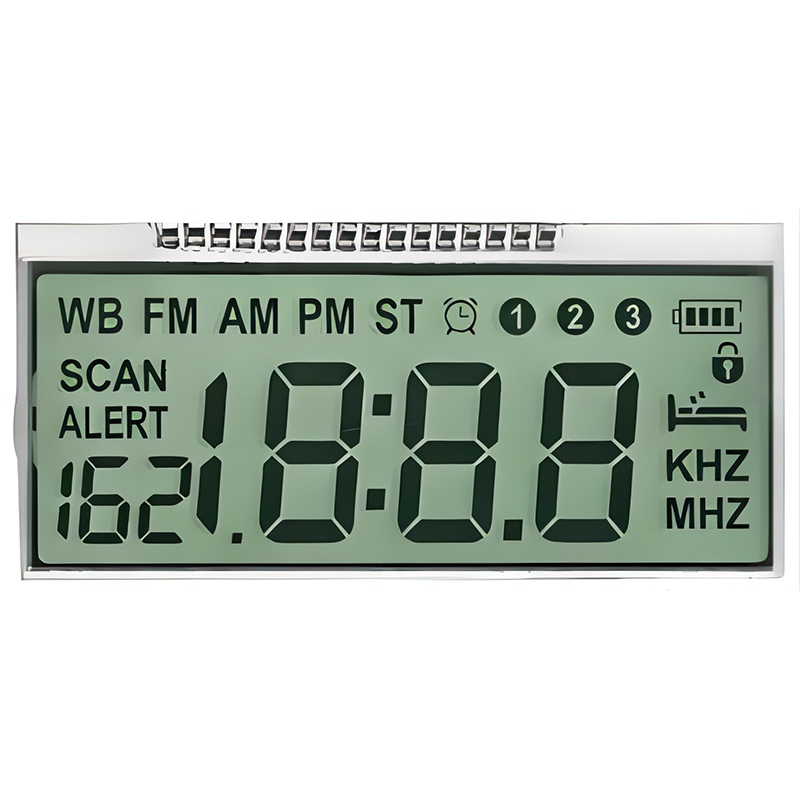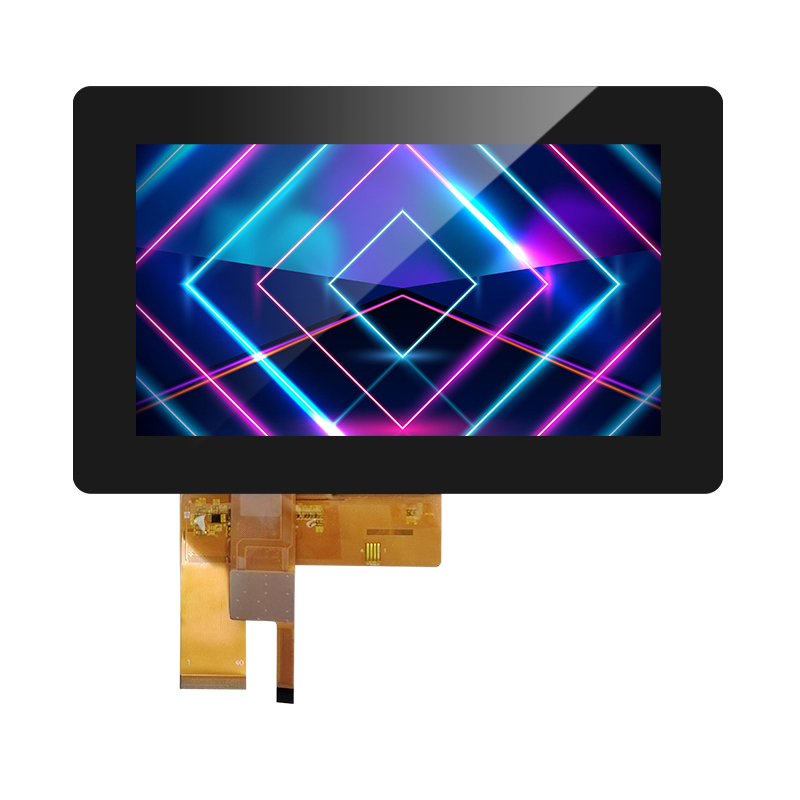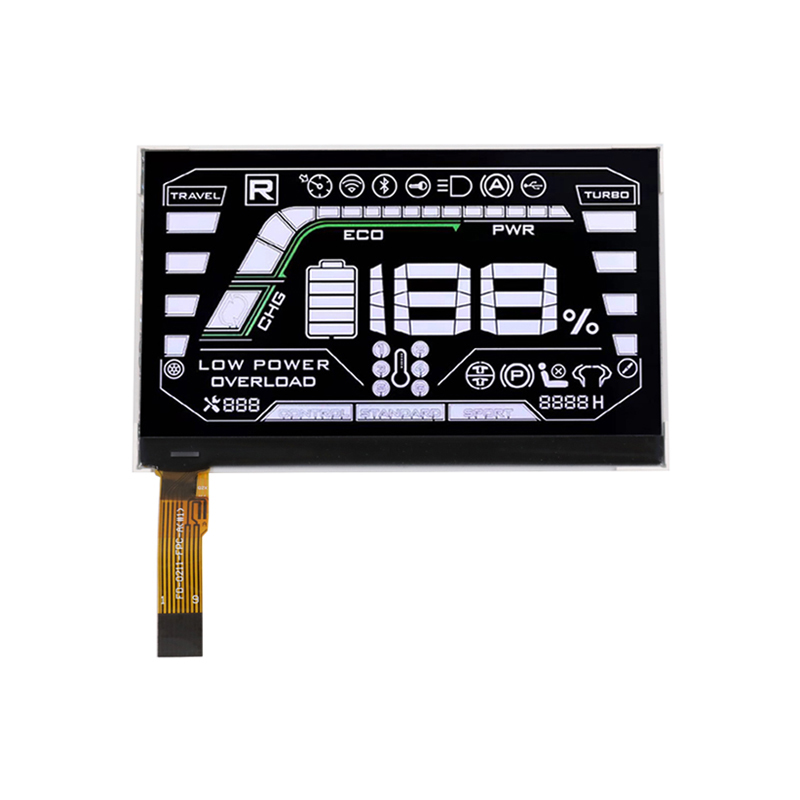
This guide provides a comprehensive overview of small TFT displays, helping you select the ideal solution for your specific needs. We'll cover key specifications, different types, application examples, and factors to consider for optimal performance. Learn how to navigate the world of small TFT displays and find the perfect fit for your project.
The resolution of a small TFT display, measured in pixels (e.g., 320x240), dictates image clarity. Higher resolutions result in sharper images, but often at a higher cost and increased power consumption. The display size, typically measured diagonally in inches, influences the viewing experience and application suitability. Smaller displays are ideal for portable devices, while larger ones might be preferred for embedded systems or dashboards. Consider the physical space constraints of your project when choosing the appropriate size. For example, a 2.8-inch small TFT display might be perfect for a handheld device, whereas a 7-inch display would suit a larger application.
Different small TFT displays use various interfaces like SPI, I2C, or parallel interfaces. The chosen interface depends on the microcontroller or processor used in your project. Ensure compatibility between the display and your system's capabilities. Understanding the interface is crucial for successful integration. Some displays might offer additional connectivity options like touch screen capabilities, adding further functionality.
The backlight type (LED, CCFL) and brightness significantly impact the display's visibility in various lighting conditions. LED backlights are more common in modern small TFT displays due to their energy efficiency and longer lifespan. Brightness is often measured in cd/m2 (candela per square meter), with higher values indicating brighter displays. Consider the operating environment when choosing backlight and brightness parameters. A higher brightness might be needed for outdoor applications, while a lower brightness could suffice for indoor settings.
Power consumption is a critical factor, especially in battery-powered devices. Lower power consumption translates to extended battery life. The datasheet for a specific small TFT display will provide details on its typical and maximum power consumption. Consider the device's power budget when making your selection. For example, a lower-power display might be more appropriate for a wearable device.
Several types of small TFT displays cater to diverse needs:
Selecting the appropriate small TFT display involves carefully considering the following factors:
| Feature | Considerations |
|---|---|
| Resolution | Image clarity requirements |
| Size | Available space and viewing distance |
| Interface | Compatibility with microcontroller/processor |
| Backlight | Ambient light conditions |
| Power Consumption | Battery life requirements |
For a wide selection of high-quality small TFT displays, consider exploring the offerings from Dalian Eastern Display Co., Ltd. They offer a diverse range of options to suit various project needs. Remember to always check the detailed specifications provided by the manufacturer before making a purchase.
By carefully evaluating these specifications and your project requirements, you can confidently select the perfect small TFT display for your next project.


